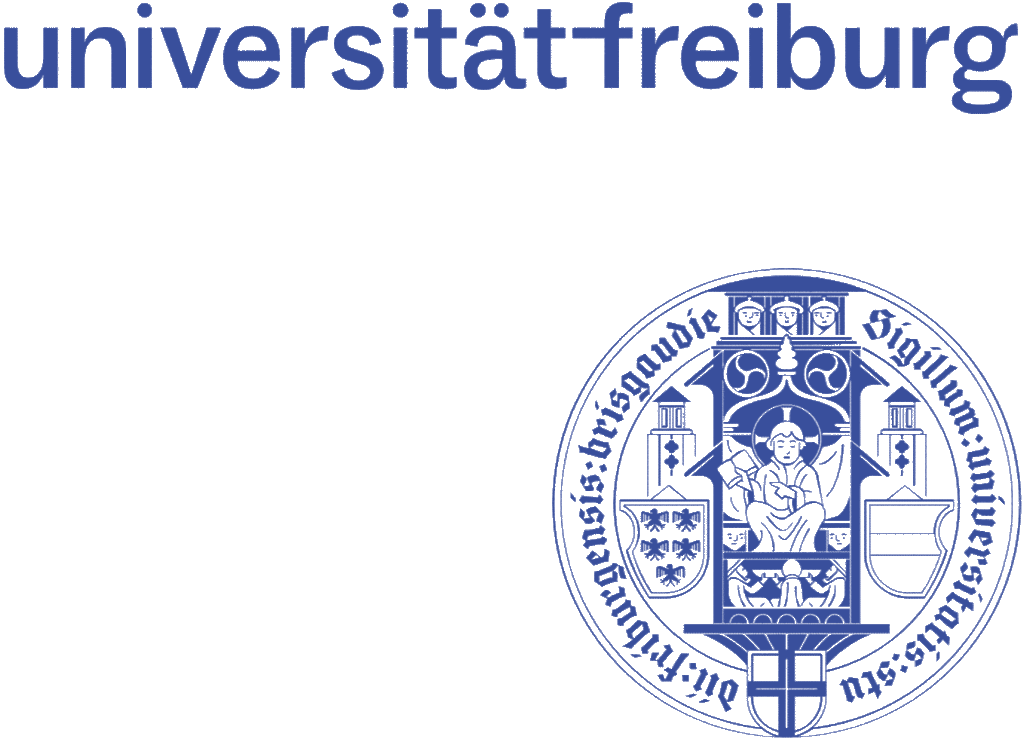
University of Freiburg
Institute of Physics
Quantum Optics and Statistics
eric.brunner(at)physik.uni-freiburg.de
Many-particle correlations in complex quantum systems
Quantum behaviour in the dynamics of many-particle quantum systems is rooted in non-classical correlations between the individual constituents.
We investigate the complex coherence structure of many-particle quantum states, to identify genuine high order interference signatures in the dynamics of such systems, realisable e.g. in photonic or ultra-cold atom setups. These coherences can be controlled by introducing additional (not observed) internal degree of freedoms (dof) of the particles, that allow to partially distinguish between the particles. These can be, for example, provided by polarisation dof of photons or electronic dof of cold atoms. The coherences are intimately linked to the (multi-partite) entanglement structure of the quantum state. Figure 1 compares quantifiers W(k), k = 2, …, N of the individual coherence orders of a separable N-particle state, as a function of second order coherence W(2), sampled via random generation of separable states. One observes, to good approximation, a strictly monotonic dependence on second order coherence for all k = 3, …, 7, such that, on average, higher order coherences W(k) do not contain much additional information about the system. All W(k) describe the same transition between indistinguishable fermions (W(k) = 0), distinguishable particles (W(k)=1) and indistinguishable bosons (W(k) = k!). The depicted relations, however, can be strongly violated by entangled states, as discussed in [1].
Based on the above ideas, we study many-body coherence and interference in interacting chaotic quantum systems. We study the temporal fluctuations v of two-point density correlations in a Bose-Hubbard model of partially distinguishable particles. Depending on the relative hopping strength J/U a chaotic domain of the model can be identified [2].
Increasing the indistinguishability of the particles increases many-body interference in the dynamics. This leads to an increase of temporal fluctuations v for all J/U. However, at the onset of chaos, v experiences a particularly strong enhancement due to many-body interference. This signals an enhanced sensitivity of the dynamics to many-body interference in precisely this parameter regime. Such a behaviour can be explained from a detailed analysis of the coherence of the many-particle quantum state in the many-particle eigenstates of the system, see [2].

Figure 1:
Higher order coherence W(k) as a function of second order coherence W(2), for randomly generated separable N-particle states with N=7. One observes a transition between partially distinguishable fermionic and bosonic particles, with intermediate case of perfect distinguishability as separation point, at which W(k). Higher order coherence is, approximately, given by a monotonically increasing function of second order coherence.
References
1. Brunner, Eric, Andreas Buchleitner, and Gabriel Dufour. Many-body coherence and entanglement from randomized correlation measurements. arXiv: 2107.01686 (2021)
2. Brunner, Eric et al. (2022). Many-body interference at the onset of chaos. arXiv: 2209.06871 (2022)



